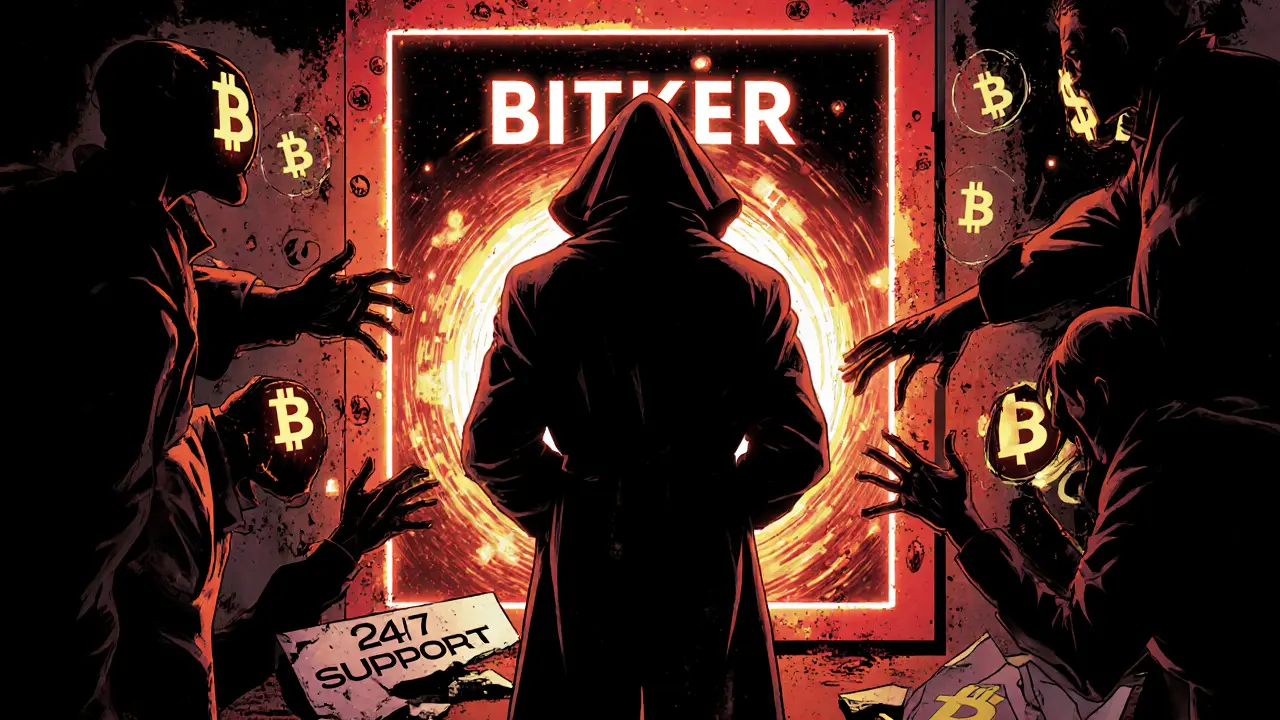Exit Scam Crypto: How Crypto Projects Vanish With Your Money
When a crypto project suddenly goes silent, wallets freeze, and the team vanishes, you’re likely looking at an exit scam crypto, a deliberate fraud where developers abandon a project after raising funds, leaving investors with worthless tokens. Also known as a rug pull, it’s one of the most common ways people lose money in crypto—not because of market crashes, but because someone lied from day one. Unlike failed projects that just didn’t catch on, exit scams are planned crimes. The team builds hype, lists on small exchanges, pumps the token price, then pulls the plug—often taking millions in ETH, BTC, or USDT and disappearing without a trace.
These scams often follow the same pattern. First, they promise big things: revolutionary tech, celebrity endorsements, or partnerships that never exist. Then they flood social media with fake engagement—bot accounts, paid influencers, and staged YouTube videos. You see the token rising, friends are making money, and you jump in. But the real red flag? No real code, no public team, and zero utility. Look at posts like the Zedxion Exchange review, a platform exposed for fake volume and no licenses—it’s the same energy. No transparency, no accountability, just a flashy website and a promise to make you rich. The BREW coin, a Solana token tied to a robotics community with no real product, is another example: no exchange listings, no roadmap, just a token with no reason to exist.
Real crypto projects don’t hide. They publish audits, show team members with LinkedIn profiles, and build tools people actually use. Compare that to the SPURDO crypto, a meme coin with two versions, both high-risk and zero utility. If a project can’t explain what it does in plain language, it’s probably a scam. Watch for sudden changes in social media tone, locked liquidity pools, or devs deleting their Twitter accounts after a price spike. The MDX airdrop, a fake campaign used to trick users into sending crypto, shows how scammers mimic real airdrops to steal funds. You don’t need to be a tech expert to spot these—just ask: Who benefits if I invest? And what happens if they walk away?
There’s no magic shield against exit scams, but you can reduce your risk. Never invest more than you can afford to lose. Check if the token is listed on reputable exchanges like Coinbase or Kraken—not obscure platforms with no KYC. Look for on-chain transparency: if the liquidity is locked for years, that’s a good sign. If the team holds 80% of the supply, that’s a red flag. The UK sanctions and crypto compliance, rules forcing firms to track illicit activity show regulators are catching on, but you’re the first line of defense. The posts below cover real cases, tools to trace scams, and how to avoid becoming the next victim. Read them before you send another transaction.
BITKER was a fraudulent crypto exchange that vanished in 2021 after stealing over $1.2 million from users. This review exposes its scams, red flags, and why you should never use it.

